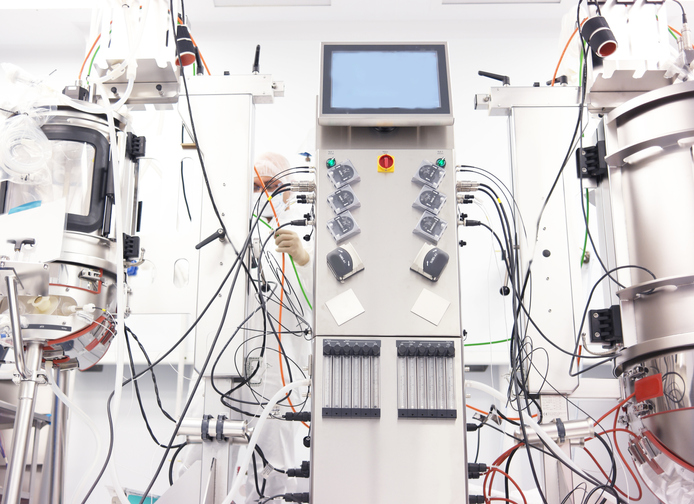Planning a tech transfer to a contract manufacturer or different manufacturing site can be challenging. Senior life sciences consultant, Thomas Chattaway, PhD, has more than a decade of experience and now gives courses and workshops. As a scheduled presenter for the BioProcess International Conference in Boston, he spoke to GEN beforehand about challenges and tips for successful tech transfer.
GEN: What’s so hard about tech transfer?
Chattaway: People don’t always appreciate that tech transfer is mainly about maintaining continuity of the product between locations—often, they’re focused on maintaining productivity, but that’s not the key aspect.
One of the reasons it’s difficult is that you’re transferring something intangible, i.e., the ability to make something. Know-how passes through humans and that’s inherently a difficult thing to capture.
When you transfer knowledge to a contract development and manufacturing organization (CDMO), you’re dealing with different types of organizations with different priorities—so, that’s hard as well.
GEN: What are some of the more difficult things to transfer?
Chattaway: Transferring analytical methods often takes longer than expected because the methods developed at location A aren’t the same as at site B. And, with perhaps 10–15 methods for each product, transferring that knowledge can be a meaty process.
GEN: How do tech transfers differ?
Chattaway: Some products and processes will be inherently different. For example, transferring a monoclonal antibody (mAb) process will be different from a gene therapy process because mAbs are a mature industry now with well-established processes, but that’s not the case for gene therapy.
It also depends on the maturity of your process. If you’re transferring a commercial product from one site to another, you’re working in a straitjacket as you must respect the full regulatory filing. If you are transferring for the first time to GMP from the development lab, you don’t know so much about the process, but you’ve also got few regulatory constraints at that stage.
GEN: What tips can you give for successful tech transfer?
Chattaway: You need to recognize there is a lot of variety in tech transfers and think about what’s the best way to make your own transfer. Also, you need to recognize people need time to work side-by-side on the tech transfer, ideally on the same site. Use that opportunity to have teams on different sites work together to solve problems with the process. Have discussions and listen to the golden nuggets of information that come out.



